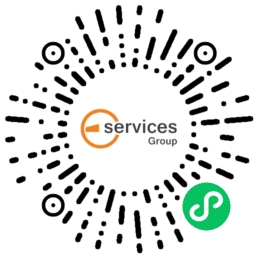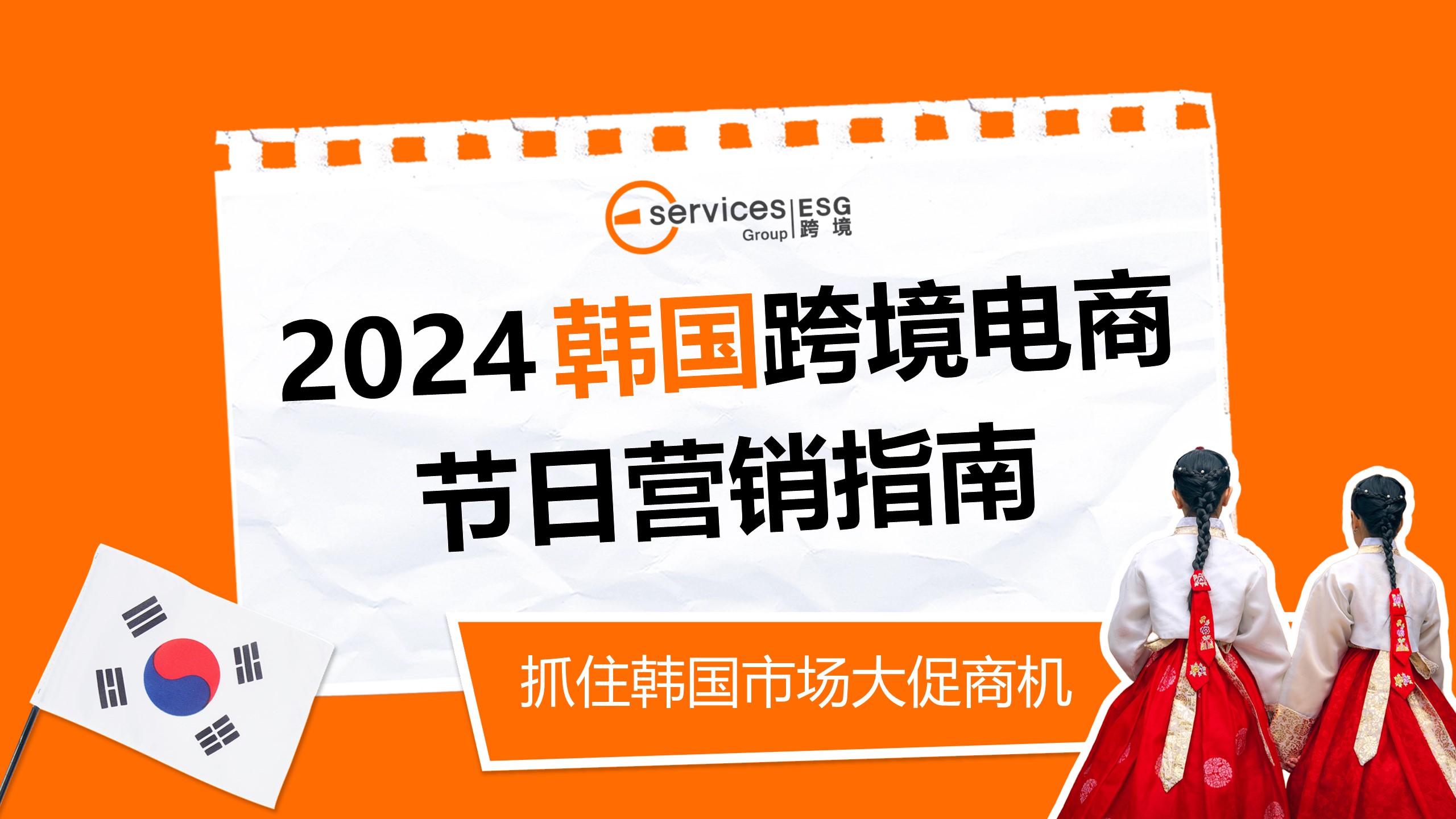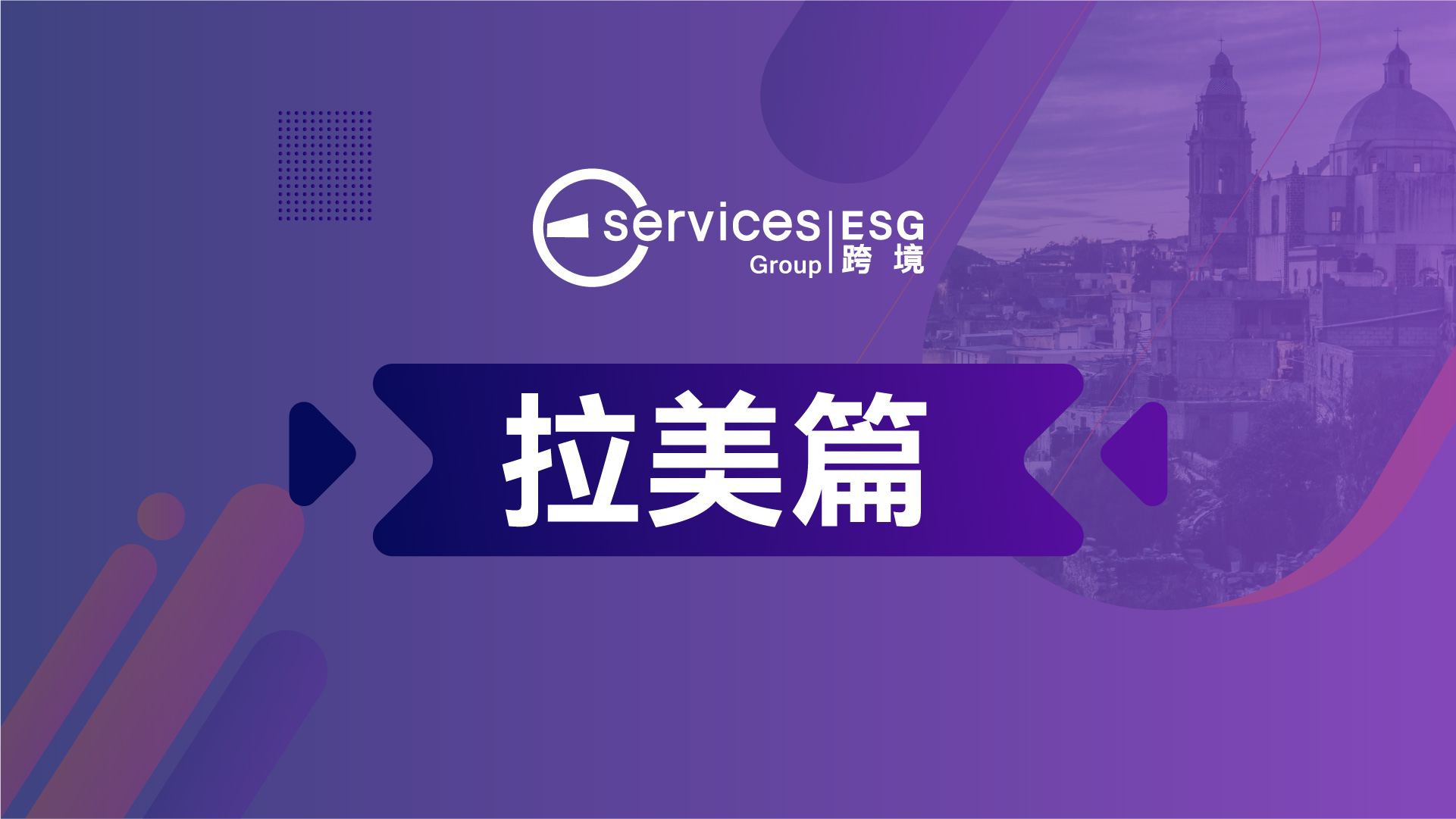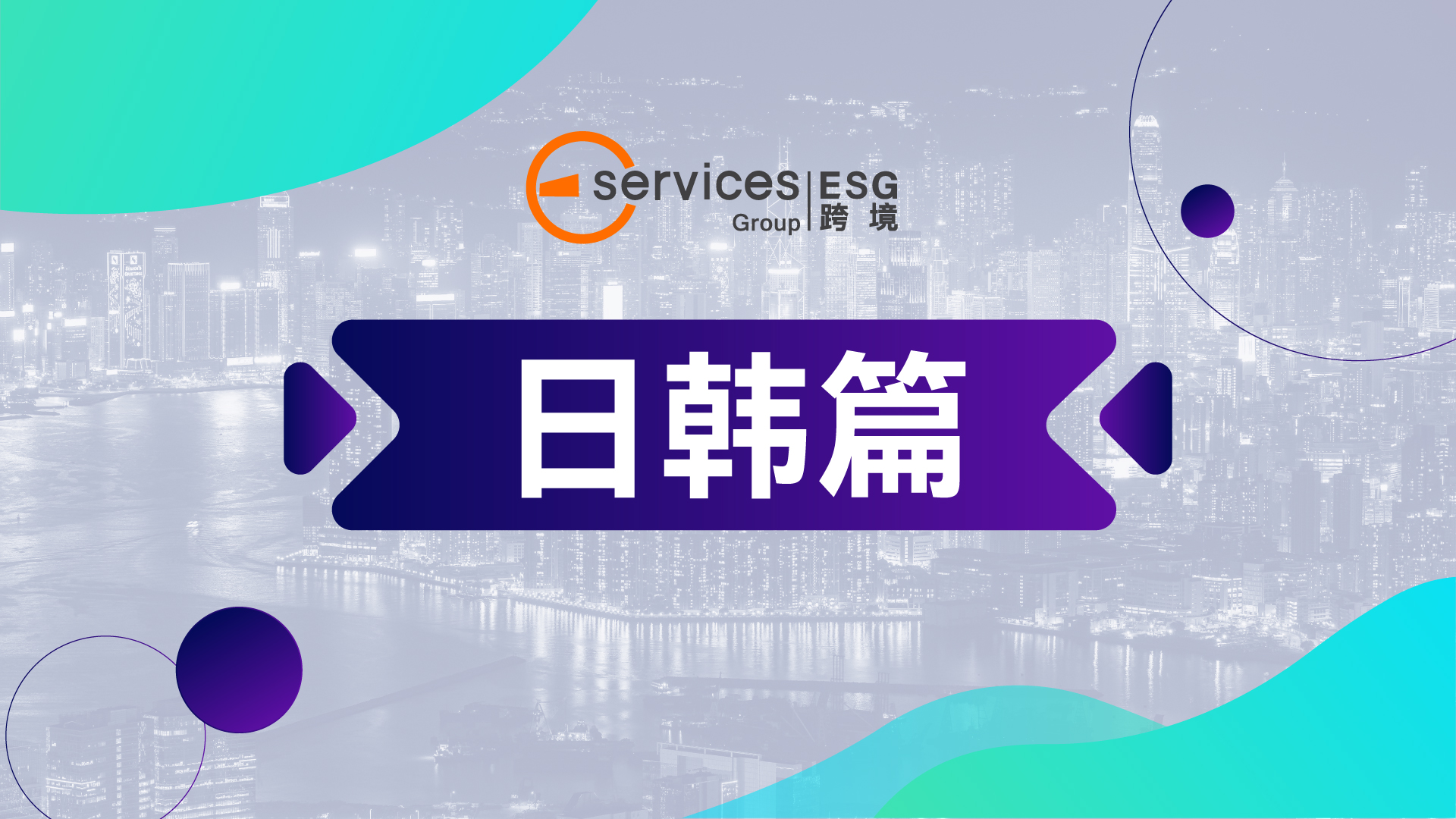对紫外线-c(UVC)消毒设备的需求不断增长,并且这种设备在市场上的可用性也越来越高。
对紫外线-c(UVC)消毒设备的需求不断增长,并且这种设备在市场上的可用性也越来越高。
在这一点上,重要的是要让公众意识到这些设备应安全操作,因为UVC辐射会导致眼睛和皮肤受伤。另外,这些UVC装置中的某些装置还可能散发臭氧,这会刺激鼻子,喉咙和肺。对于那些对呼吸系统敏感的人,例如哮喘或过敏者,应避免使用此类会散发臭氧的UVC设备,并应与制造商进行核实,以确认该设备是否散发臭氧。所有UVC设备均应放在儿童接触不到的地方。
遵守NEA的准则和建议,并针对UVC设备的商业或工业以及家庭使用采取安全措施。
National Environment Agency (NEA) Advisory and Guidelines for UVC Devices
There has been a growing demand and enquiry for ultraviolet-c (UVC) disinfection devices, and an increased availability of such devices in the market.
In this regard, it is important for members of the public to be aware that these devices should be handled safely as UVC radiation can cause eye and skin injuries. In addition, some of these UVC devices may also emit ozone, which can irritate the nose, throat and lungs. For those who have respiratory sensitivity such as asthma or allergies, the use of such UVC devices that emit ozone should be avoided and checks should be done with the manufacturer to verity whether the device emits ozone. All UVC devices are to be kept out of reach of children.
Adhere to NEA's guidelines and advisory and adopt safe practices for commercial or industrial, and home usage of UVC devices.
特别声明:以上文章内容仅代表作者本人观点,不代表ESG跨境电商观点或立场。如有关于作品内容、版权或其它问题请于作品发表后的30日内与ESG跨境电商联系。
二维码加载中...
使用微信扫一扫登录
使用账号密码登录
平台顾问
微信扫一扫
马上联系在线顾问
小程序

ESG跨境小程序
手机入驻更便捷
返回顶部





